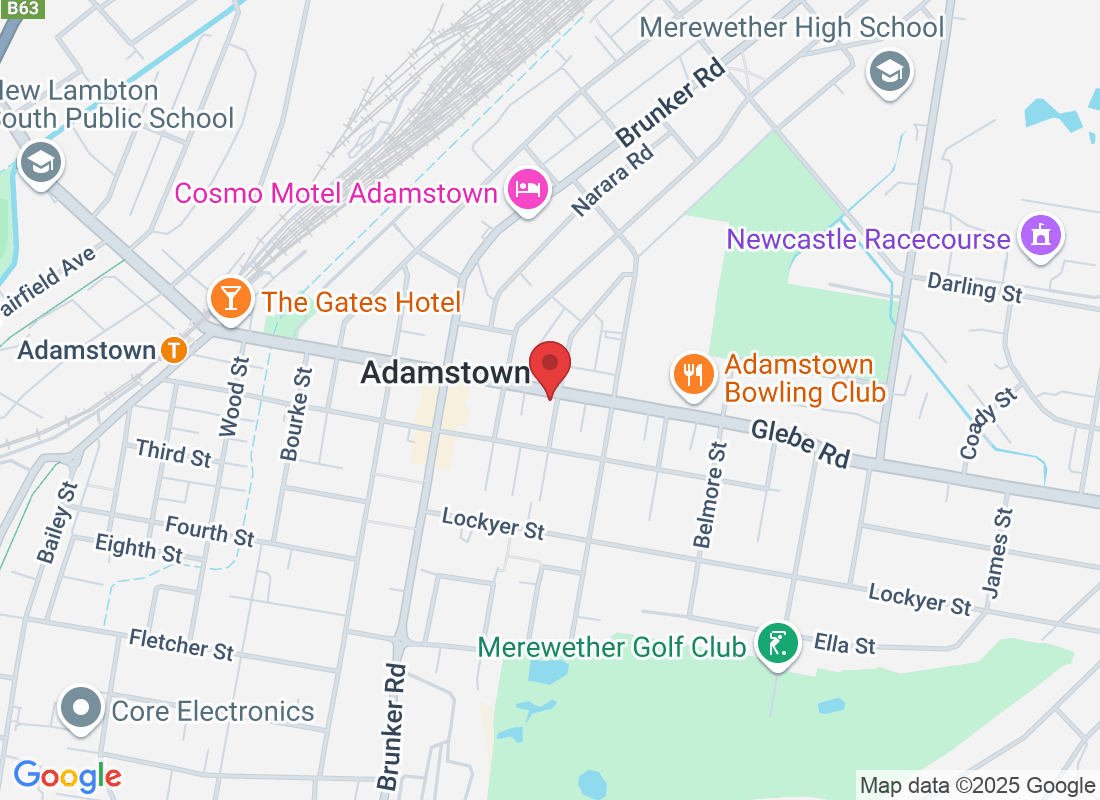
Back Pain and Your Daily Habits: Identifying Hidden Triggers in Everyday Movements
Back pain is often thought to stem from major injuries, but many cases arise from subtle, repetitive actions or poor habits we don’t even realize we’re doing. These small but persistent movements and postures can add up, creating discomfort that affects daily life. At Sport and Spine Physiotherapy, we’re here to help you identify and address these hidden triggers.
How Everyday Habits Contribute to Back Pain
Many daily activities involve repetitive movements, awkward postures, or prolonged positions that put strain on the back. Over time, these habits can weaken muscles, strain ligaments, and lead to pain or discomfort.
Common Hidden Triggers of Back Pain
1. Sitting for Long Periods
Slouching at a desk or in front of the TV compresses spinal discs and weakens core muscles.
Solution: Adjust your chair for proper support, keep your feet flat on the floor, and take breaks to stand and stretch every 30 minutes.
2. Poor Posture While Using Devices
Looking down at your phone or tablet can lead to "tech neck," placing extra stress on your upper spine.
Solution: Hold your device at eye level and engage your core while sitting or standing.
3. Improper Lifting Techniques
Bending at the waist instead of the knees strains the lower back.
Solution: Bend your knees, keep the load close to your body, and lift using your legs, not your back.
4. Sleeping Positions
Sleeping on your stomach can cause the spine to arch unnaturally, leading to lower back pain.
Solution: Sleep on your back or side with a pillow to support the natural curve of your spine.
5. Carrying Heavy Bags or Backpacks
Uneven weight distribution can lead to muscle imbalances and strain.
Solution: Use backpacks with even weight distribution or cross-body bags and switch sides regularly.
6. Repetitive Tasks at Work
Jobs that involve repetitive motions, like bending, twisting, or standing for long periods, can stress the back.
Solution: Use ergonomic tools, alternate tasks, and stretch regularly to counteract repetitive strain.
How to Identify Your Personal Triggers
Pay attention to patterns in your daily routine. Do certain movements or activities make your back feel worse? Keep a journal of your symptoms and activities to spot correlations.
Preventing Back Pain with Simple Adjustments
Ergonomic Workstations: Ensure your desk, chair, and computer are properly aligned.
Core Strengthening Exercises: A strong core provides better support for your back.
Regular Breaks: Incorporate movement and stretching into your daily routine.
Mindful Movement: Be conscious of your posture and body mechanics throughout the day.
When to Seek Help
If back pain persists despite lifestyle changes, it’s time to consult a physiotherapist. At Sport and Spine Physiotherapy, we can assess your habits, identify specific triggers, and create a personalized plan to reduce pain and improve mobility.
Conclusion
Back pain doesn’t always stem from dramatic injuries; it’s often the result of hidden triggers in your everyday habits. By making small, intentional changes to your routine, you can reduce strain and promote a healthier back. If you’re struggling with back pain, reach out to Sport and Spine Physiotherapy for expert support.



